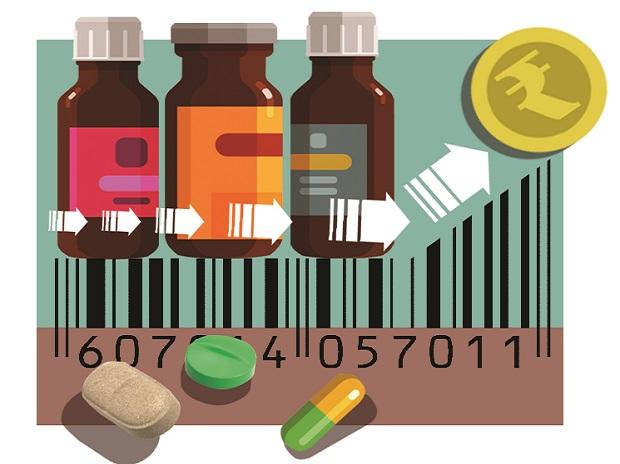The Centre has decided to introduce QR codes for ensuring authenticity and traceability for 300 common drug brands, including analgesics, vitamins, diabetes, and hypertension medicines etc. The draft notification issued in June this year, has been finalised this month. The move will impact popular brands like Dolo, Allegra, Saridon, Corex etc.
However, sources indicated that the pharmaceutical industry has sought 18-months (from the date of final notification) time to implement the same. The Union Ministry of Health has made necessary amendments to the Drugs Rules, 1945 to implement this.
In March the ministry had asked the department of pharmaceuticals (DoP) to shortlist the 300 drug brands that can be included for implementation of mandatory QR codes. The National Pharmaceutical Pricing Authority (NPPA) had identified the list of 300 drugs which include widely used medicines like pain-killers, contraceptives, vitamins, blood-sugar and hypertension medicines, etc.
Popular brands like Dolo, Allegra, Asthalin, Augmentin, Saridon, Limcee, Calpol, Corex, Thyronorm, Unwanted 72 etc were identified. These high selling brands have been shortlisted based on their moving annual turnover (MAT) value.
In the draft notification issued dated June 14, the ministry has said that the manufacturers of the said formulation products shall print or affix bar code or quick response code on its primary packaging label, on the secondary package label that store data or information legible with software application to facilitate authentication.
The stored data or information shall include unique product identification code, proper and generic name of the drug, brand name, name and address of the manufacturer, batch number, date of manufacturing, date of expiry, and manufacturing licence number.
Earlier, this year, the Centre had said that active pharmaceutical ingredients (APIs) or bulk drugs that are manufactured on imported in India shall bear a QR code on its label at each level, packaging that stores data or information readable with software application to facilitate tracking.
The pharma industry thinks it is a good move, but admits that there will be some initial challenges in implementation.
“Some of the brands identified have very low retail prices. For example, some common analgesics, vitamins and even diabetes drugs like metformin. This would be an additional cost for manufacturers to change the packaging and implement this. For smaller manufacturers this can be a teething challenge,” said an industry insider who did not wish to be named.
He, however, welcomed the move saying that the popular brands are also those that are counterfeited, and thus this is a good step in that direction to avoid fake drugs getting into circulation.
According to an earlier estimate by the the World Health Organisation (WHO), around 35 per cent of the fake drugs sold globally come from India.
Note:- (Not all news on the site expresses the point of view of the site, but we transmit this news automatically and translate it through programmatic technology on the site and not from a human editor. The content is auto-generated from a syndicated feed.))




I think the admin of this website is really working hard in support of his
site, for the reason that here every material is quality based data.
I have learn a few good stuff here. Definitely price bookmarking for revisiting.
I surprise how much effort you place to make this kind of great informative
site.
buy viagra online
After going over a few of the blog posts on your web page, I truly appreciate
your technique of blogging. I saved it to my bookmark webpage list
and will be checking back in the near future. Take a look at my website too and
tell me your opinion.